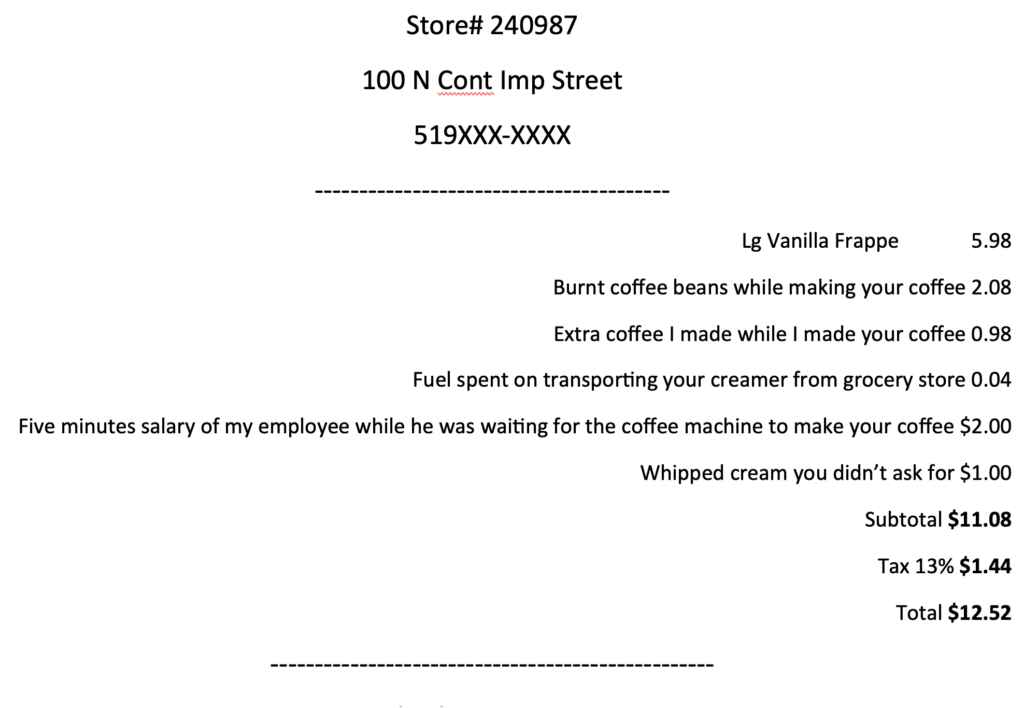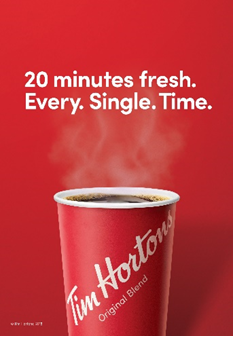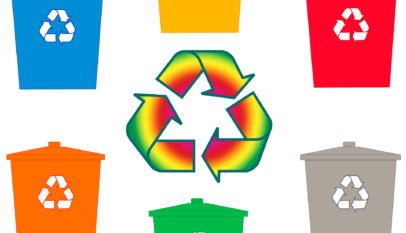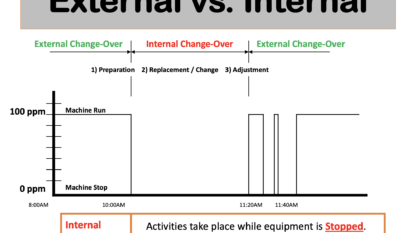
How would you feel about paying for the burnt coffee beans, extra coffee they made, the fuel spent transporting your creamer from the grocery store, and so on?
That is exactly how your customers will feel if you do not eliminate waste in your process and make them pay for it.
What is ‘Waste’ anyway?
Any activity you carry out which does not add value to the customer is categorized as ‘Waste.’
In order to be more efficient, we need to eliminate Waste. Before we do that, we need to identify Waste. Waste/ Muda is categorized into 7 types in lean manufacturing.
1. Correction:
Remember the burnt beans from your receipt? That was a correction form of waste. The barista had to make it again, resulting in the original coffee beans not being utilized, not to mention all the processes that were carried out till that point.
2. Overproduction:
You got it. It is the excess coffee they made which nobody asked for. Naturally, nobody wants to pay for it. Following JIT (Just in Time) helps reduce this form of waste
3. Motion:
Let’s say the barista makes 100 coffees a day. If the coffee beans were placed on the topmost shelf, it would require the coffee house employee to reach for them every single time. How many times do they have to do it? Of course, it is a great stretch exercise but I don’t think the employee would agree with us on this 😊
This is called the Motion form of Waste. It can be reduced by implementing 5S.
4. Movement:
Transportation of creamer from the grocery store to the coffee shop cost us $0.04. You are already frowning to pay this. Imagine the coffee shop decided to source it from a store in the next town! How much more would the fuel cost?
Excessive transportation is classified as a Movement form of Waste.
This can be reduced by setting up an optimized workflow system.
5. Inventory:
Storing excessive coffee beans occupies space and there is also the risk of them not being fresh when we need them. Who doesn’t want fresh coffee?

Storing excessive items is classified as an Inventory form of waste.
6. Waiting:
Remember the $2 you were asked to pay for the coffee house employee’s salary while they were waiting for the coffee machine to be free?
How will you feel about paying for it?
This is the waiting form of waste where either an employee or a resource is waiting.
7. Processing:

Let’s not forget the vanilla frappe. Yum!
Wait a minute, you never asked for whipped cream! And they charged you for it.
This is the processing form of waste. It occurs when unnecessary resources and processes that the customer did not require are carried out.
Now you know how your customer feels when you do not eliminate waste.
May your continuous improvement initiatives and your coffee be as strong as you would like it 😊
I would love to hear your thoughts!
Swathi Mohan




















